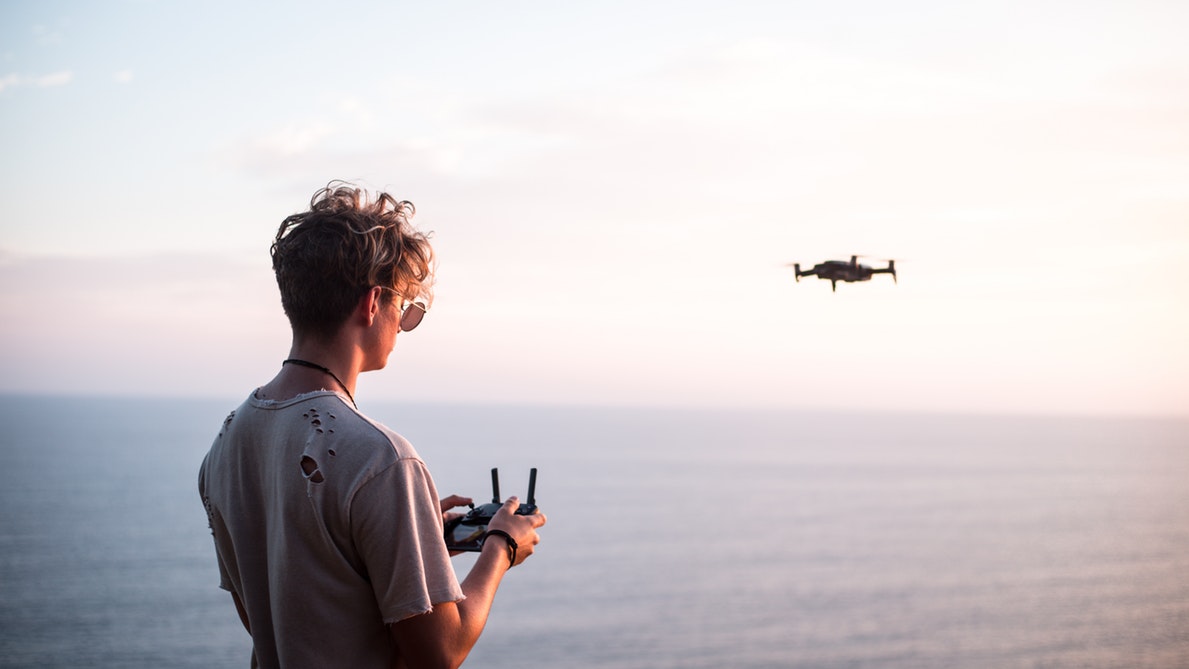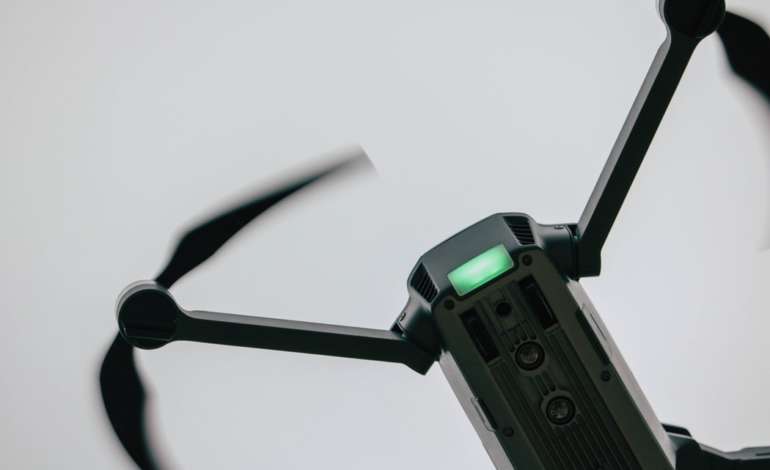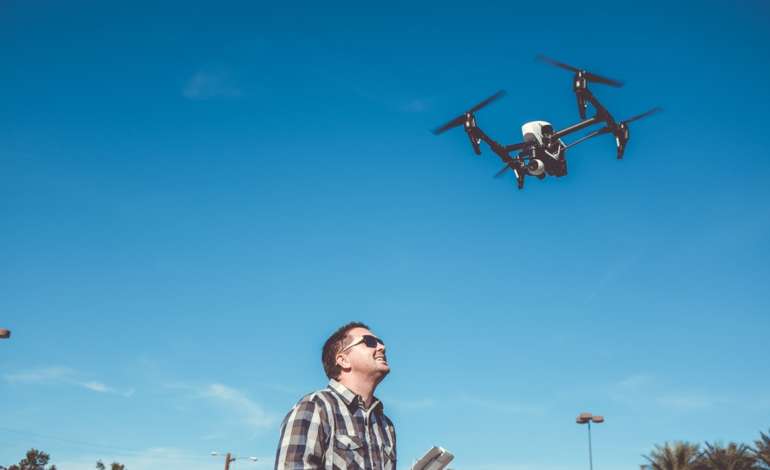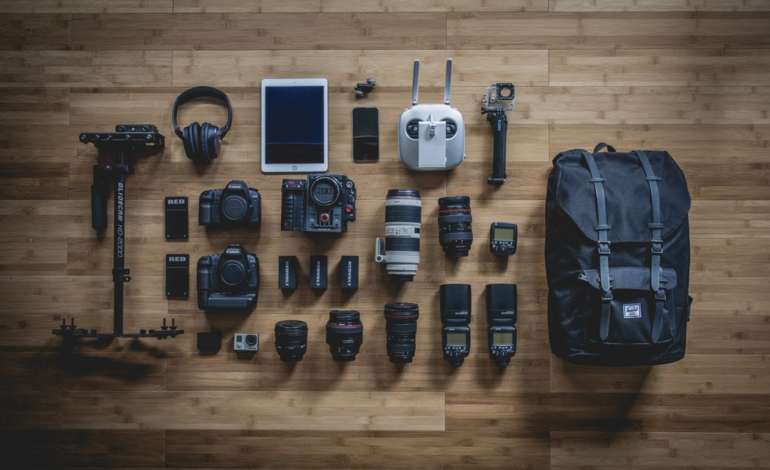Whether you’re a drone enthusiast always looking for new ways to have fun and make use of their favorite device, or a photographer/videographer always looking for the best shot, drone photography might be the answer for you. It’s a new discipline combining expertise from both fields, so here are a few tips on how to make sure you start off with the best possible first shooting experience.
Move Slowly
In combination with the gyroscope and accelerometer, the sensors on the drone will help it remain as steady as possible. However, quick shifts in inertia can make it hard to take photos and videos that aren’t blurred beyond recognition. Accelerate and decelerate slowly to sustain the fidelity of your shots. If using cameras where you can adjust your shutter speed, given the proper lighting conditions, you may want to opt for a faster shutter speed.
Move on Two Axes at the Same Time
If you want the kind of dramatic sweeping shots you see in high-budget movies, don’t just move the camera across in one axis. This can make it seem stiff and slightly robotic. Moving across two axes at once will add a depth to your shots that makes them all the more impacting. For example, move up and to the right, and so forth.
Mind the Weather
You might want the occasional moody shot of a day with foggy or rainy weather, but it can take a lot of skill and many, many tries to get a good photo or video in such conditions. Opt for clear and sunny days, instead. You will have much clearer shots and less risk of losing control over your drone in the wind and rain. However, when shooting outdoors, it’s usually wise to have a solar filter on your lens to reduce glare (see below).
Invest in a Solar Filter
Glare can be a serious problem. When you’re flying in the sky, the sunlight can hit the lens of the camera and create a flare that makes it next to impossible to take good pictures. There are inexpensive solar filters that you can easily fit to your camera lens to prevent that, however. It’s worth investing in one, especially if you plan on making use of those golden hours.
Utilize the “Golden Hour”
Also known as the “magic hour”, this is the first and last hour of sunlight on any given day. There are online tools that can help you tell when, exactly, the golden hour each day. The golden hour creates a brilliant warmth to the sky and a richness in color that can make just about any landscape or subject look all the more beautiful.
Watch Out for Wind
Wind is always a potential hazard when flying a drone. Not only can strong winds result in a crash, but even light ones can force your drone to struggle to remain steady. If the winds are picking up, land your drone and wait for it to settle down before taking off again.
It will take time to learn the intricacies of drone image capturing and to explore the range of accessories that can help you further customize your photos and videos. Follow the tips above to get started and remember, have fun!






